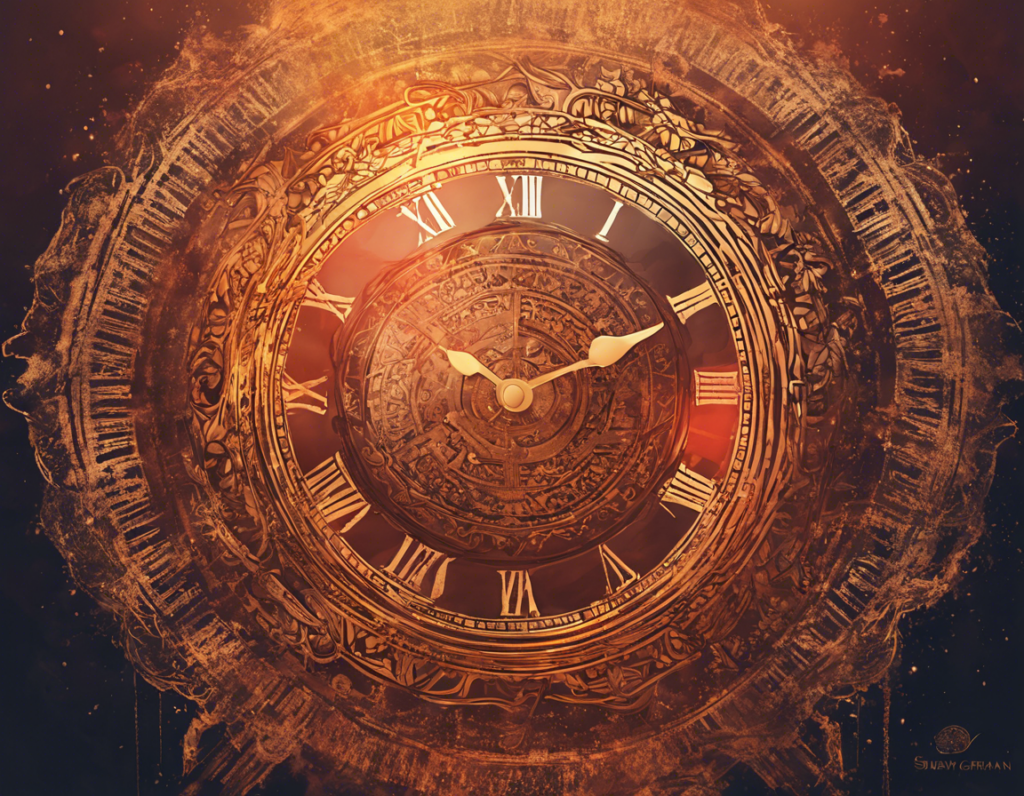A total solar eclipse is an awe-inspiring natural phenomenon that occurs when the Moon passes directly between the Sun and the Earth, obscuring the Sun and casting a shadow on Earth. This rare event is a captivating spectacle that darkens the skies, revealing the Sun’s corona and creating a surreal experience for viewers. The upcoming total solar eclipse in 2023 has generated significant anticipation among astronomers, skywatchers, and the general public alike. In this comprehensive guide, we will delve into the key details of the total solar eclipse 2023, including the path of totality, important times, locations, and how to safely observe this celestial event.
Path of Totality
The path of totality refers to the narrow track on the Earth’s surface where the total phase of the solar eclipse is visible. For the total solar eclipse in 2023, the path of totality will traverse across a specific region, providing viewers within this area with the opportunity to witness the complete eclipse. It is essential to note that outside the path of totality, observers will only see a partial eclipse, which does not offer the breathtaking experience of totality.
Total Solar Eclipse 2023 Date
The total solar eclipse in 2023 is set to take place on April 20th. This date marks the alignment of the Sun, Moon, and Earth, creating the ideal conditions for a total solar eclipse. Skywatchers around the world are eagerly anticipating this rare event, which offers a unique opportunity to witness the dance of celestial bodies in our solar system.
Duration of Totality
The duration of totality refers to the length of time during which the Sun is completely obscured by the Moon, allowing viewers to witness the magnificent solar corona and experience the eerie darkness of a total solar eclipse. The duration of totality for the 2023 eclipse is expected to last for approximately 3 minutes, providing spectators with a brief yet mesmerizing glimpse of this celestial spectacle.
Key Time Details
Start of Partial Eclipse
The partial phase of the total solar eclipse is the initial stage where the Moon begins to move across the face of the Sun, gradually obscuring a portion of its light. The start of the partial eclipse for the 2023 event is projected to occur at 10:00 AM UTC.
Start of Totality
Totality, the most captivating phase of the solar eclipse, commences when the Moon completely covers the Sun, plunging the area into darkness and revealing the solar corona. The start of totality for the 2023 eclipse is expected to occur at 11:30 AM UTC.
Maximum Eclipse
The maximum eclipse represents the point of the greatest coverage of the Sun by the Moon during the total solar eclipse. Spectators within the path of totality will witness the peak of the eclipse, with the Sun fully obscured by the Moon. The maximum eclipse for the 2023 event is predicted to take place at 12:00 PM UTC.
End of Totality
As the Moon moves away from its position in front of the Sun, the total phase of the eclipse comes to an end, transitioning back to a partial eclipse. The end of totality for the 2023 solar eclipse is estimated to occur at 12:30 PM UTC.
End of Partial Eclipse
The partial phase of the eclipse concludes when the Moon no longer obscures any part of the Sun, marking the conclusion of the solar event. The end of the partial eclipse for the 2023 eclipse is projected to happen at 2:00 PM UTC.
Locations for Viewing
The total solar eclipse in 2023 will be visible from specific regions along the path of totality. Some of the prime locations for viewing this celestial event include:
- Southern Europe
- North Africa
- Middle East
Viewers in these regions will have the best vantage points to observe the total solar eclipse and immerse themselves in the extraordinary beauty of this natural phenomenon.
Safety Precautions for Viewing
While witnessing a total solar eclipse is a remarkable experience, it is crucial to prioritize safety when observing this celestial event. Directly staring at the Sun, even during an eclipse, can cause irreversible damage to the eyes. To safely view the total solar eclipse, consider the following precautions:
- Use Solar Viewing Glasses: Specialized solar viewing glasses provide protection against the Sun’s harmful rays and allow for safe observation of the eclipse.
- Solar Filters: If using telescopes or binoculars to view the eclipse, ensure that they are equipped with adequate solar filters to prevent eye damage.
- Pinhole Projectors: Another safe method for viewing the eclipse is through a pinhole projector, which projects an image of the eclipse onto a surface without the need to look directly at the Sun.
By following these safety guidelines, you can enjoy the total solar eclipse in 2023 without risking your eyesight.
Frequently Asked Questions (FAQs)
Q1: Can I look at a total solar eclipse without eye protection?
A1: No, it is never safe to look directly at the Sun, even during a total solar eclipse. Eye protection, such as solar viewing glasses, is essential to prevent eye damage.
Q2: What should I do if I don’t have solar viewing glasses?
A2: If you do not have solar viewing glasses, you can also observe the eclipse indirectly using pinhole projectors or other indirect viewing methods.
Q3: Will I be able to see the total solar eclipse if I am not in the path of totality?
A3: While viewers outside the path of totality will only see a partial eclipse, they can still experience a noticeable darkening of the sky during the event.
Q4: How often do total solar eclipses occur?
A4: Total solar eclipses are relatively rare events that occur approximately every 18 months somewhere on Earth. However, the path of totality for each eclipse is limited to a specific region.
Q5: What is the significance of the solar corona during a total solar eclipse?
A5: The solar corona is the outer atmosphere of the Sun, visible as a glowing halo during totality. Studying the solar corona helps scientists understand solar activity and magnetic fields.
Q6: Can animals react differently during a total solar eclipse?
A6: Some animals may exhibit unusual behaviors during a total solar eclipse, such as birds returning to their nests as if it were nighttime.
Q7: How can I photograph a total solar eclipse safely?
A7: To photograph a total solar eclipse safely, use a solar filter on your camera lens or capture the eclipse indirectly using a pinhole projector.
Q8: What is the best way to find accurate timing information for the total solar eclipse?
A8: Websites, astronomical societies, and organizations dedicated to astronomy often provide accurate timing information for upcoming solar eclipses.
Q9: How long will I have to wait to see another total solar eclipse if I miss the 2023 event?
A9: The timing of total solar eclipses varies, but on average, you may have to wait a few years to witness another total solar eclipse in a specific region.
Q10: Can I watch the total solar eclipse online if I am unable to travel to the viewing locations?
A10: Yes, many observatories and organizations livestream total solar eclipses, allowing viewers worldwide to experience the event virtually.
In conclusion, the total solar eclipse in 2023 promises to be a captivating astronomical event that will mesmerize viewers across specific regions. By understanding the key time details, locations, safety precautions, and frequently asked questions related to the eclipse, you can prepare to witness this rare celestial spectacle safely and enjoyably.

